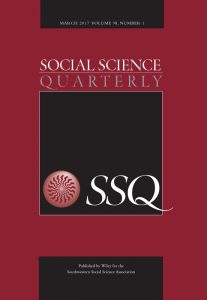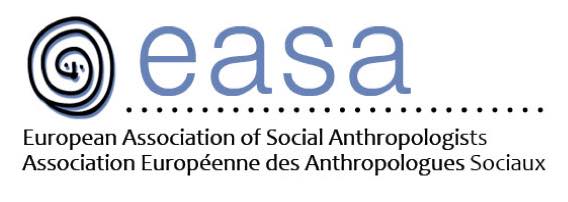Girls Who Code: Gender, STEM, and the Importance of High School Intervention
Last fall, like any good teacher of the sociology of gender, I introduced my class to the patterns of gender bias in STEM fields (science, technology, engineering, and mathematics). My students were not shocked by the observation that few women enter these fields in college. In fact, one of my students raised her hand and explained the bias first hand. She was a computer science major, enrolled in a computer science course held in the same lecture hall in the time block before our class. She would see the composition of the classroom change as one course ended and the other began: mostly men would leave the computer science class, and then relatively equal numbers of men and women entered the sociology of gender class. My class discussed many ways to eliminate the gender bias in STEM fields, including high school level interventions to enable girls to excel in these majors. This is why I was so excited to open the New York Times this week and read an article about Girls Who Code, an organization that teaches computer code to high school girls in order to prepare them for a college major in computer science.
In order to give context to the significance of such an organization, here is a general background about gender and STEM fields. Historically, STEM fields have been dominated by men. The training for boys to enter these fields started early in their educations. Young boys were encouraged to excel in mathematics and science in grade and high school, meaning boys often outperformed girls in the classroom, as well as on standardized tests. As boys entered college, they were filtered into STEM fields in order to enter science and math-oriented careers. From a young age, boys were taught that they had a home in math and science; their education prepared them for such a career.
Fast forward to today. Educational and government professionals, feminists, and other activists have made substantial efforts to eliminate the bias in the education of girls and boys. In order to level the playing field in the subjects of math and science, a number of educational efforts targeted girls in order to get them excited about these fields and to ensure that they received a similar education to boys. On a national level, government initiatives, like the White House Girls in Stem events, promote girls’ intellectual achievement in math and science. On a more local and individual level, teachers and educators encourage girls to excel in these subjects. In many ways, these national and local efforts have paid off. Over time, the gap between girls’ and boys’ performances in math and science has narrowed. In fact, the American Association of University Women’s 2010 report suggests that girls take more math and science credits and receive higher grade point averages in these classes than boys.
Yet, despite the substantial gains in girls’ performance in math and science in grade and high school, men still dominate STEM college majors and careers. Girls and boys will perform similarly in earlier education settings, but once entering college, girls are less likely to choose a STEM field as their area of specialization. In other words, these efforts don’t eliminate the bias at higher levels of education.
This is why I am so excited about the organization, Girls Who Code. The organization, founded by Reshma Saujani, teaches high school girls how to code in order to give them an advantage when entering computer science classrooms in college. Saugani started the organization after she noted that few women were present in computer science classrooms. Girls Who Code and other organizations like it have helped many young women excel in computer science, changing the face of the field.
Has anyone heard of similar organizations aimed at intervening in this pivotal time between high school and college when the gender gap in STEM fields widens? I am excited to learn about these efforts.
Suggested Readings:
American Association of University Women. 2010. Why So Few: Women in Science, Technology, Engineering, and Mathematics.
McDaniel, Anne. 2012. “Women’s Advantage in Higher Education: Towards and Understanding of a Global Phenomenon.” Sociology Compass 6(7): 581-595.





1467-7660/asset/DECH_right.gif?v=1&s=a8dee74c7ae152de95ab4f33ecaa1a00526b2bd2)
1 Response
[…] Girls Who Code: Gender, STEM, and the Importance of High School Intervention on Sociology Lens […]